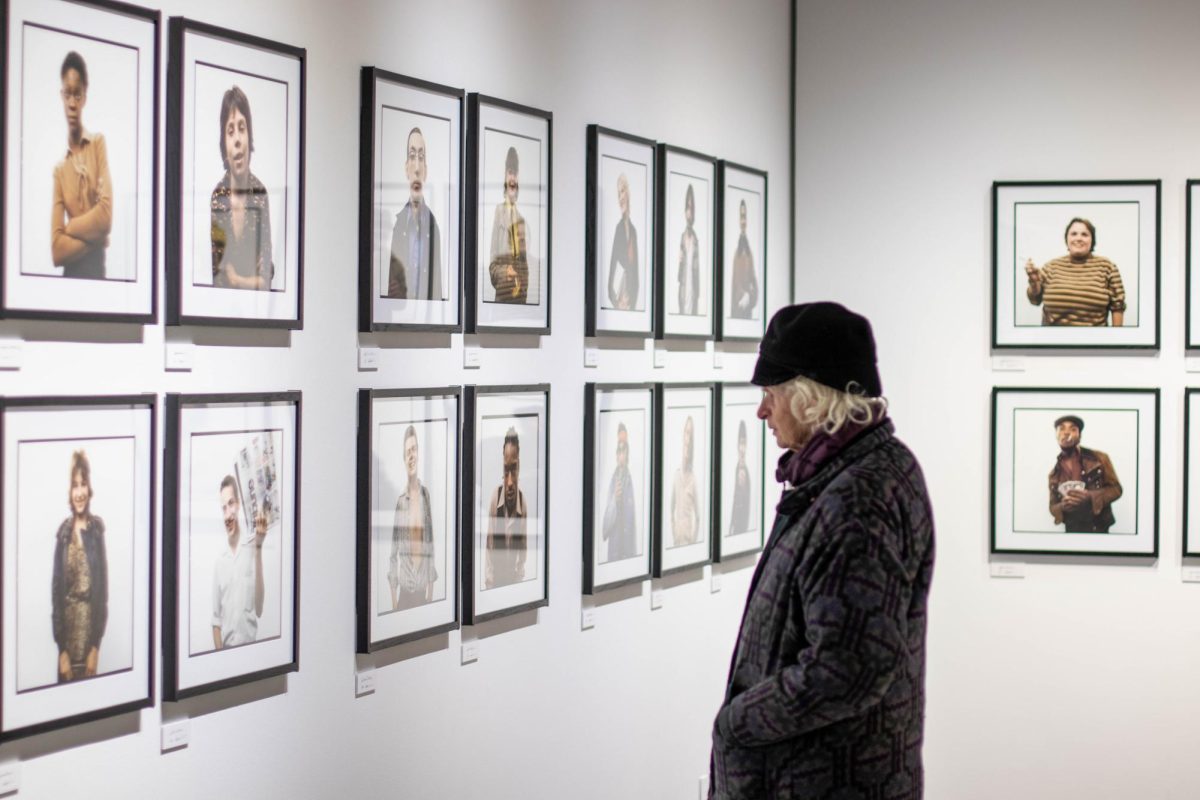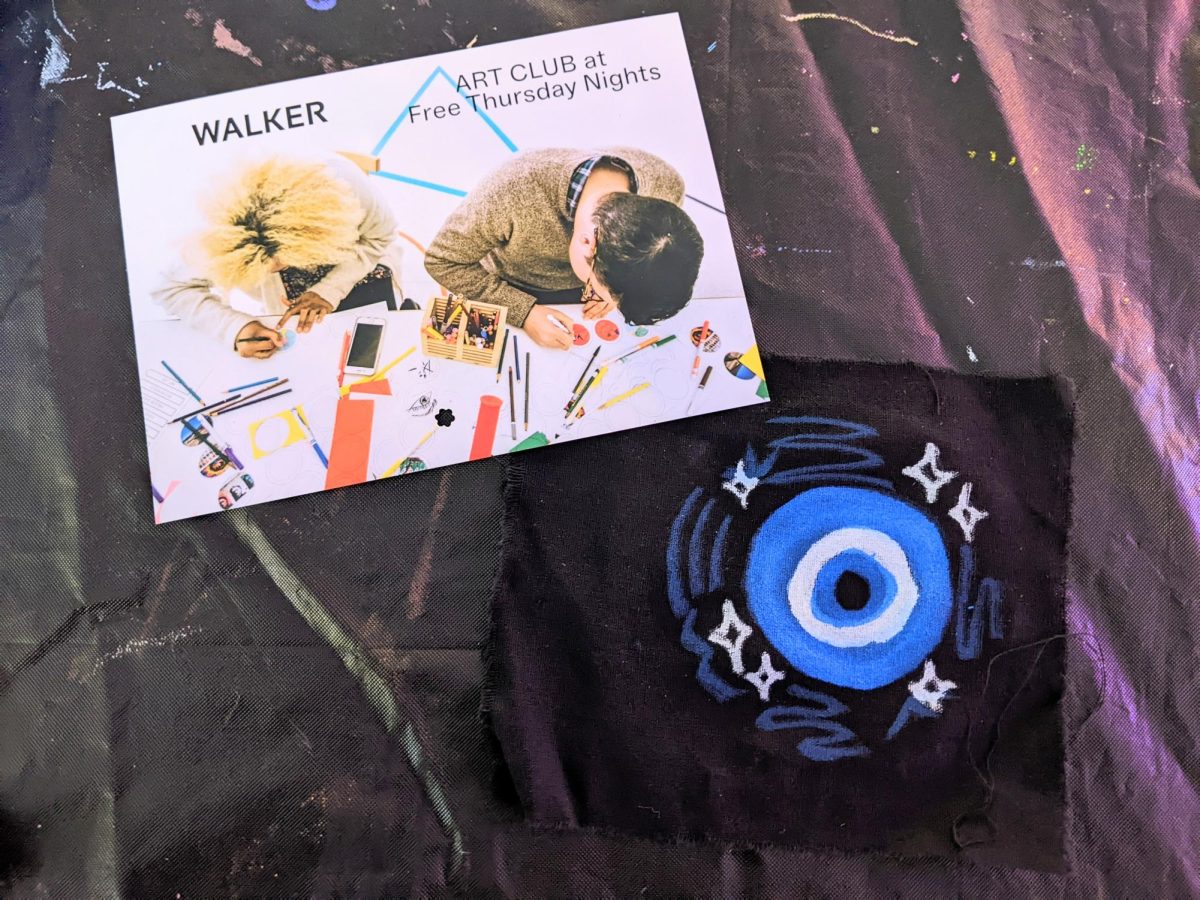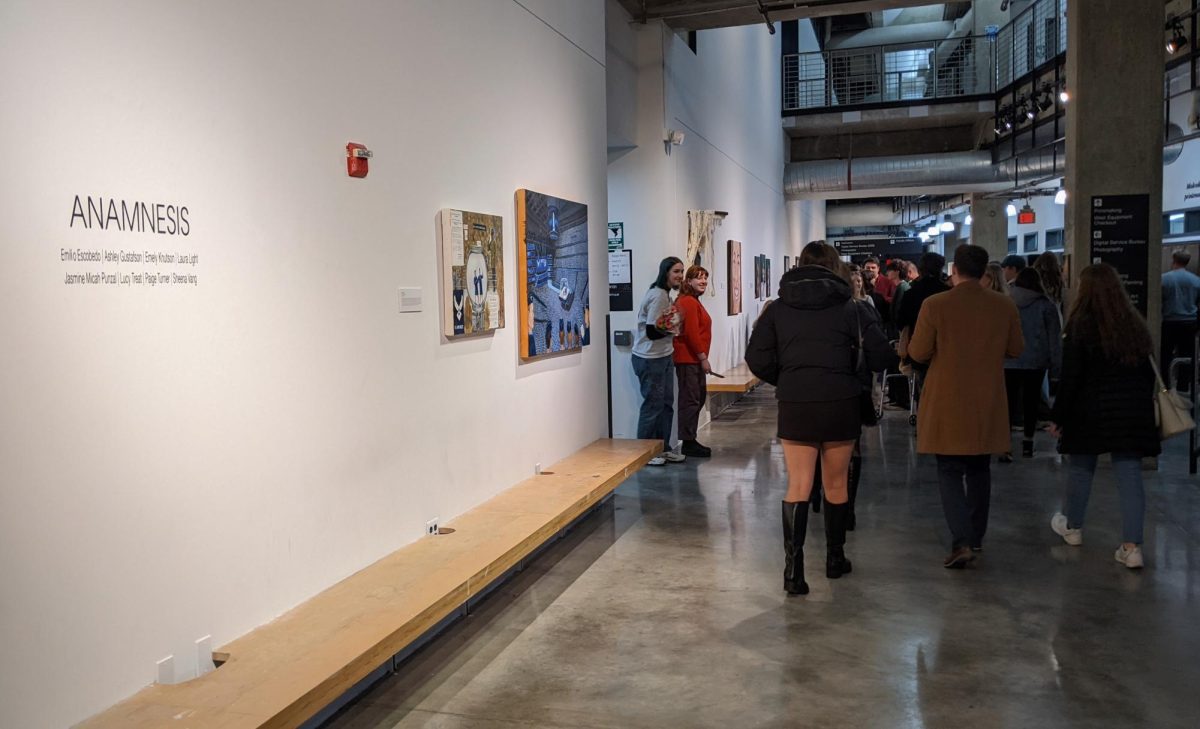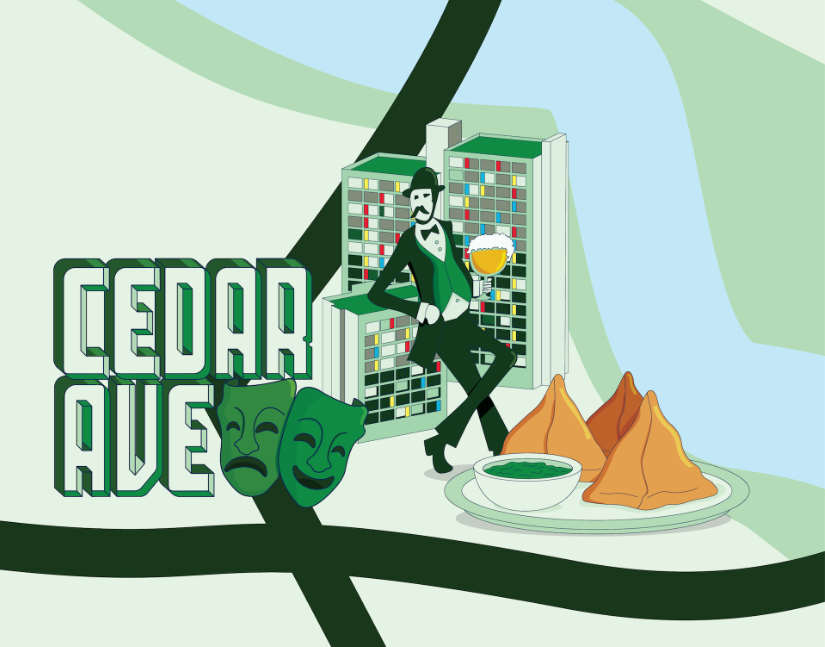The most famous pieces of Eastern art are known for their opulence, their rich decadence and their bright colors.
But sumptuousness and magnificence often overshadow the relationship a viewer enjoys with a work of art, said Diane Mullin, assistant curator of the Weisman Art Museum. Drawings make that relationship easier.
“Drawings are very different than paintings,” she said. “They’re much more intimate.”
The Weisman’s newest exhibit develops that intimacy, giving Indian art a more familiar and less “exotic” feel.
The Twin Cities doesn’t have much of a market for Indian artwork. Thus the Weisman’s latest exhibit is that much more exciting. The drawings in “Mala ke Manke” are from the private collection of Subhash Kapoor, who opened a gallery on New York’s Madison Avenue 30 years ago.
Frederick Asher is a University professor, the chairman of the art history department and the man who brought the exhibition to Minneapolis.
“This is an unusual and interesting collection,” he said, “and this is a town that doesn’t have many exhibitions of Indian artwork.”
A traveling exhibit, “Mala ke Manke” contains 108 drawings from Kapoor’s collection. The number 108 corresponds with the 108 beads on a Hindu and Buddhist rosary. But the Weisman’s gallery space couldn’t hold them all.
The exhibit isn’t organized in any sort of chronologic or thematic order, instead moving in respect to the customs and deities of India.
“We were very careful to make sure we didn’t put a drawing of a goddess right next to a drawing of an elf, for example,” Mullin said.
Drawings usually are first drafts that give insight to the artist’s feelings and motivations, but often they’re tossed aside in favor of the finished product. This exhibit, though, highlights the first step in the artistic process.
The drawings are incredibly detailed, maybe even as much as the finished painting would be.
A drawing called “The Infant Krishna on the Banyan Leaf” shows every line of his curled hair, his jewelry and his clothing. While the complexity of the drawing is clear, the slight eraser marks show that the artist was still in the early stages of creation.
“This is a fine collection of extremely well-made drawings,” Asher said. “It gives a great insight into the way artists work.”
The intimacy of the drawings is heightened by its placement in the rear of the Weisman. Instead of a wide open space, the sectioned-off nooks create a comfortable relationship between the space and the drawings.
Most of the drawings do not use color, but the few that do seem to favor shades of orange, red and yellow. These splashes of color become striking visuals against the white walls of the Weisman.
The subjects in “Mala ke Manke” are as diverse as the artists’ styles. There are drawings of the divine couple, Krishna and Radha, landscape features, rituals and portraits of officials and wealthy people.
“Drawings are more informative than the finished products,” Asher said. “Here we get to see the works while they’re still in progress.”







